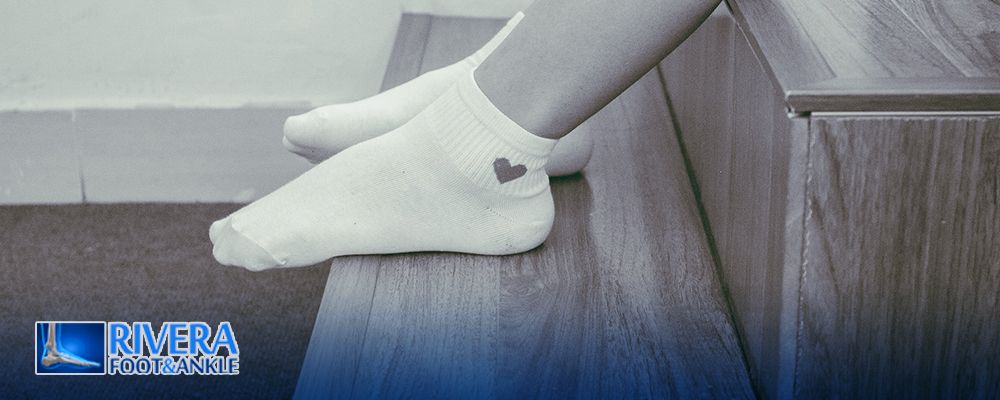
How common are juvenile bunions?
Foot & ankle specialists
Juvenile bunions, also known as adolescent bunions, are a type of foot deformity that affects young people. Unlike adult bunions, which are more common in women over the age of 40, juvenile bunions can affect both boys and girls between the ages of 10 and 15. In this article, we will discuss how common juvenile bunions are and what you can do if you or someone you know is affected by this condition.
Juvenile bunions are less common than adult bunions, but they still affect a significant number of young people. According to the American College of Foot and Ankle Surgeons, juvenile bunions account for approximately 5% of all bunion cases. This means that while juvenile bunions are not as common as adult bunions, they still affect a significant number of young people.
The exact causes of juvenile bunions are not fully understood, but it is believed that genetics may play a role. If a child's parents or other family members have bunions, they may be more likely to develop them themselves. Other factors that may contribute to the development of juvenile bunions include wearing shoes that are too tight or narrow, and certain medical conditions such as flat feet or hypermobility.
Symptoms of juvenile bunions can include pain and discomfort, swelling, redness, and a visible bump on the side of the foot. In some cases, the affected toe may also begin to turn inward, causing additional discomfort and making it difficult to walk or participate in physical activities.
If you or someone you know is experiencing symptoms of juvenile bunions, it is important to seek medical attention from a podiatrist or foot and ankle specialist. Treatment options for juvenile bunions may include wearing wider, more comfortable shoes, custom orthotics to support the foot and reduce pressure on the affected area, and in severe cases, surgery to realign the bones and correct the deformity.
In conclusion, while juvenile bunions are less common than adult bunions, they still affect a significant number of young people. If you or someone you know is experiencing symptoms of juvenile bunions, it is important to seek medical attention from a foot and ankle specialist to determine the best course of treatment. With proper care and treatment, it is possible to manage the symptoms of juvenile bunions and prevent further complications from developing.
RIVERA FOOT & ANKLE: At Orlando H.Rivera DPM, our priority is to deliver quality care to informed patients in a comfortable and convenient setting. When you have problems with your feet, you need to turn to a podiatrist who listens and responds… an experienced doctor who knows the field and can effectively diagnose and treat your needs… a friendly physician who counsels you on the best ways to maintain and improve your health. Our physician(s) meet all these criteria. Plus, you benefit from a dedicated team of trained professionals who give you the individualized attention you deserve.

Call now at  (713) 691-9600 or mail us
(713) 691-9600 or mail us info@riverafootandankle.com | Get A Free Estimate HERE
Orlando H.Rivera DPM
Foot and Ankle, Dr. Orlando Rivera, Advanced Foot & Ankle Specialist, Foot and Ankle Podiatry, Houston Foot & Ankle Surgical, Treatment of Foot and Ankle, Foot & ankle specialists, Podiatrist in houston, podiatrist in houston, Orlando H.Rivera DPM, Houston Foot Doctor, Foot and Ankle Surgeon Houston, Ankle and Foot Specialist Houston, Podiatrist Houston, Foot Pain Houston.



